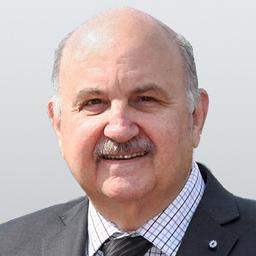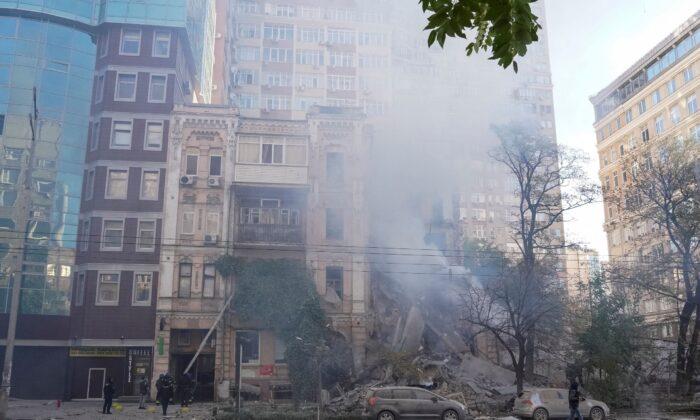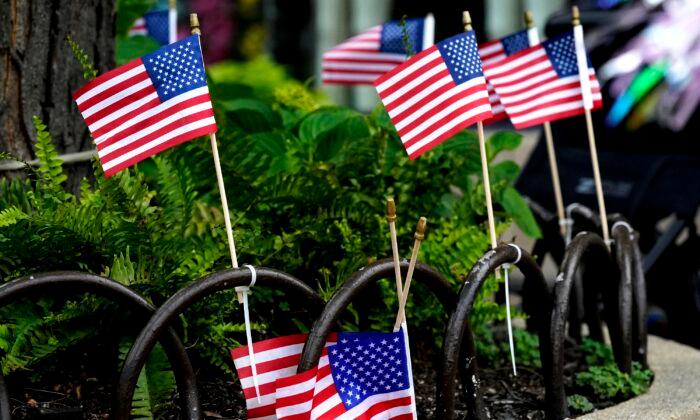Attacks on holy places are taking place across the length and breadth of the United States, and elsewhere around the globe.
In Europe important holy shrines have been destroyed by fire, the latest in Nantes in France where an arsonist set at least three separate fires inside the Cathedral of St. Peter and St. Paul.
Work on that cathedral started in 1434 and was not completed until near the end of the nineteenth century. The fire totally destroyed what is called the Grand Organ of the church. That organ was built by Jacques Girardet in 1619. Initially it was a 27-stop, two-manual organ. Adrien Lépine enlarged the organ in 1768, adding a bombarde reed pedal stop. The organ survived a bombing on June 15, 1944 and another fire on the roof on Jan. 28, 1972 caused by a workman’s blow torch.
Holy Places Attacked
While the damage to the Nantes cathedral destroyed parts of an important historical site, the damage and destruction of any religious place, no matter how humble, is a cause for the greatest concern. Across the globe, religion is crucial to providing spiritual and emotional support to individuals, families and communities.Consider the defacing and destruction of Catholic religious places in the United States. On July 10, a statue of Mary was defaced outside the Cathedral Prep School in Brooklyn, New York. A day later, on July 11, a barrel of garbage and the barrel itself were put over the head of a statue of Mary at the Dorchester, Mass. St. Teresa of Calcutta Parish church. Also on July 11, a Catholic Church in the San Gabriel Valley called the Mission San Gabriel Archangel Church was gutted by fire. Authorities now think the fire was deliberately set.
On July 15, a statue of Jesus at the southwest Miami Dade Good Shepherd Catholic Church was beheaded. On July 16, another statue of Mary was set on fire at St. Peter’s Parish Catholic Church, near Dorchester.
Also on July 15th in New Haven, St. Joseph’s Church was vandalized. Satanic and other symbols were painted on the outside and there was some destruction inside. The church was temporarily closed.
Other Christian churches have also been attacked.
On July 18 in Chantilly, Virginia at 3 p.m. on Saturday afternoon at the Grace Covenant Church, at a Bible study class, two people were stabbed. One of the two wounded was the Church’s pastor. Luckily for him, Fairfax County Police Chief Ed Roessler was part of the study group—he jumped to the pastor’s defense and subdued the attacker. The man who carried out the attack, Chance Harrison, 32, was arrested. No motive was given for the attack.
On a Sunday night night on July 19 or early in the morning on July 20th, a church in West El-Paso Texas called the Abundant Living Faith Center West was vandalized: 27 windows were smashed along with 6 shattered doors. The church is Evangelical Christian.
Synagogues have been attacked too, often spray-painted painted with Nazi symbols and other anti-Jewish graffiti. In Sarasota, Florida on July 15th, a man spray painted Temple Emanu-El at 2:15 a.m. and then went to Temple Sinai, about five miles away, where he vandalized that building. Both attacks were caught on surveillance video.
On July 17, anticipating a neo-Nazi march in Williamsport, Pennsylvania, concrete barriers were placed at Temple Beth Ha Sholom and Ohev Sholom Congregation to prevent vehicle access.
In Europe at least 50 gravestones, including that of ‘Maharam’ Rabbi Meir of Rothenburg were smeared with greenish paint in a medieval graveyard in Germany’s Worms. On the same day in Aude, France 20 Jewish tombstones, apparently chosen at random, were vandalized in the Gruissan municipal cemetery. “Death to the Jews” and Swastikas were painted on the grave markers.
What to Do
Now we are in the second phase of the COVID-19 epidemic, and many holy places remain closed or are operating with limited attendance and other restrictions.The budgets for our religious institutions have been slashed; membership is down; religiously important ceremonies, even funerals, can’t be carried out. Some burials are restricted to “virtual” mourners.
With limited funds and employees often on furlough, holy places are poorly protected.
There are federal and some state funds available to help with security, but even those who get the money from the Federal government face more than a year of red tape before they can spend even a dime. And there is not nearly enough money. Most of the places that have experienced attacks either lacked security altogether, or the security in place wasn’t adequate.
Without more effective, proactive security measures in place providing full time security coverage, those who want to destroy our religious places have an unprecedented opportunity to do even greater damage.
There have been enough attacks by now to warrant a new approach.
Here are some practical proposals:
(1) Provide funds immediately through Federal, state and local programs for full time security guards instead of funding complete security programs.
At the present time money is available for guards but typical awards of up to $100,000 for each holy place covers technology and physical improvements. For the time being money should only go for security guards and protection services. This would free up millions of dollars that otherwise will be tied up in red tape. In short, money would go much further and have an immediate impact. This is especially important because there isn’t time for Congress to fill the gap with new money, even if it wanted to do so. But the administration can rework current programs and provide quick and valuable help that will go much further and be available far sooner.
(2) Don’t impose delays on religious organizations in getting funding. Government should provide a simple method of compensation to pay for security guards. The red tape associated with current security funding makes no sense when threats are becoming viral.
(3) Beef up, don’t weaken police forces so they can help protect holy sites. The “defund police” political movement among leftists in the United States is putting communities at risk and leaving holy places with no protection.
(4) All religious leaders should support a Holy March on Washington demanding immediate security help from the Federal government. A pro-religion march would be a positive step in making it clear that America is a faith-based society and won’t be intimidated by thugs trying to destroy our communities.





